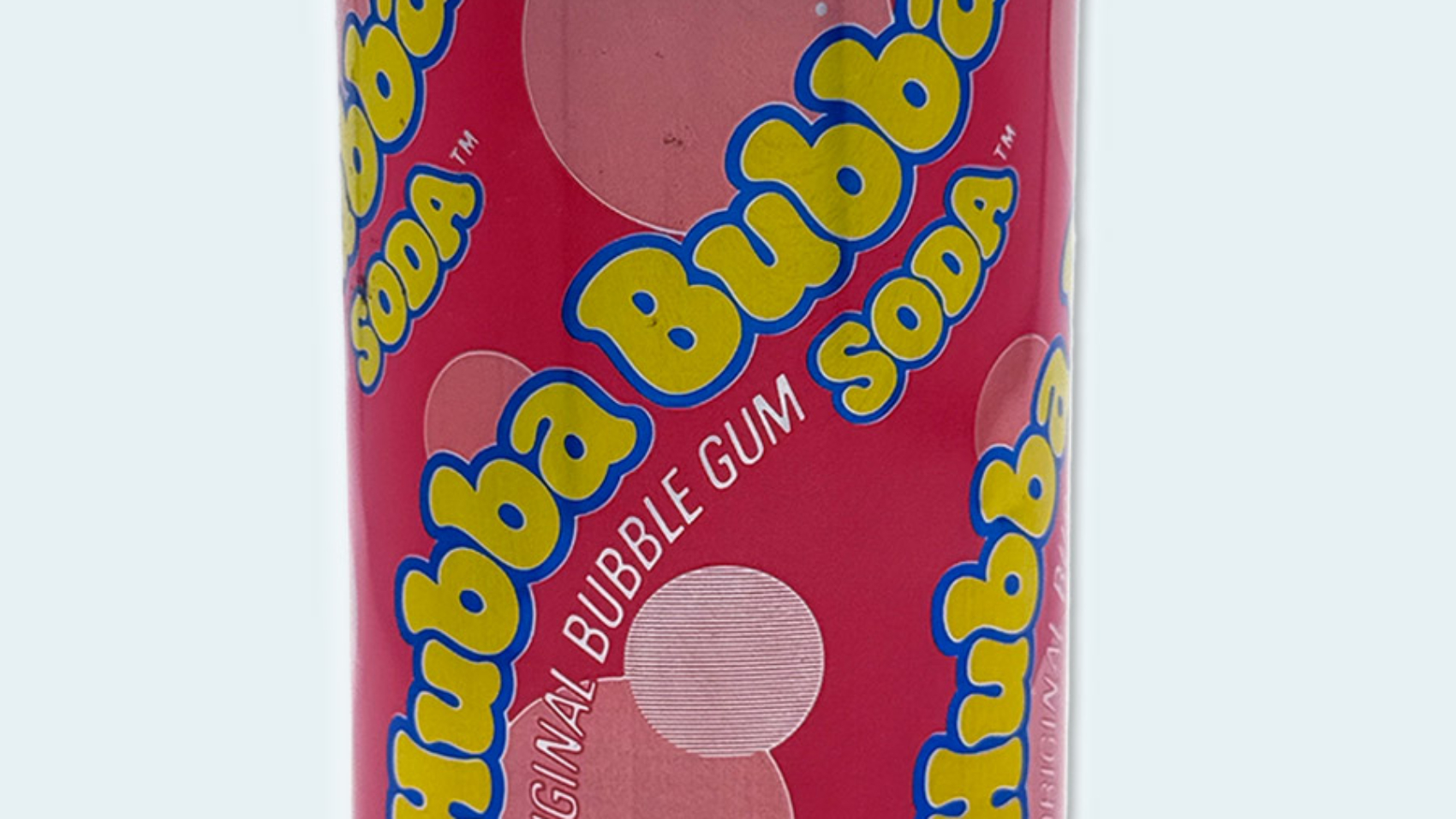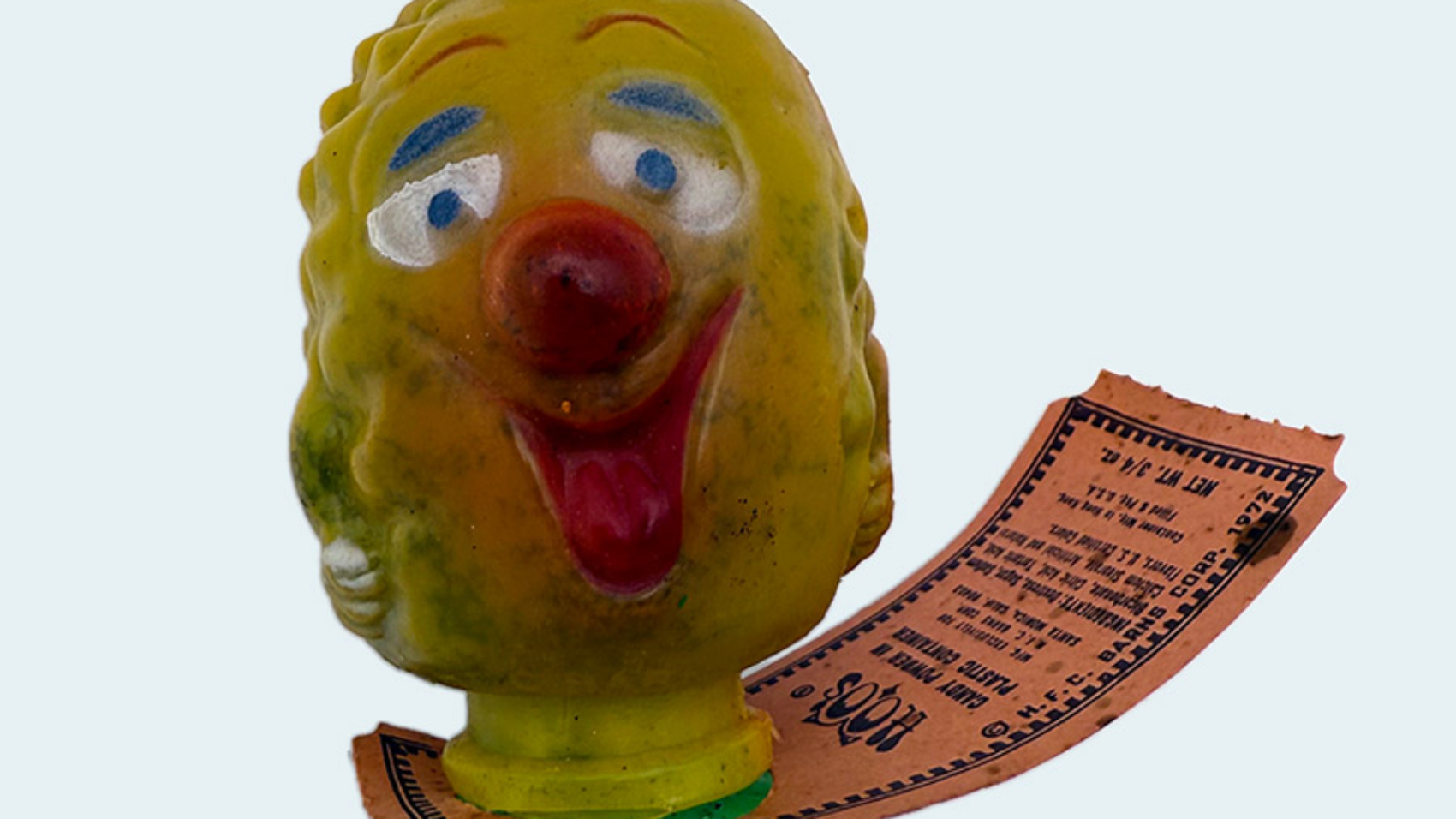In 2007, the CSI Fingerprint Examination Kit was a toy kit for kids to dust for fingerprints. However, the dust contained a substance in the powder, specifically tremolite, one of the most fatal forms of asbestos.
Lone Ranger Atomic Bomb Ring
The Lone Ranger Atomic Bomb Ring, a promotional item from Kix cereal in 1947, promised kids they could see atomic energy at work. While advertised as “perfectly safe,” it contained actual radioactive material and emitted alpha particles close to kids’ skin and faces. It was quietly discontinued once radiation risks become public.
Hubba Bubba Soda
Launched in 1988, Hubba Bubba soda was bright pink with a bubblegum flavor. The drink was described as overly sweet, while the bubblegum flavor didn’t appeal to a wide audience beyond those already fond of the gum.
Lytro
Launched in 2011 and discontinued in 2018, Lytro pioneered light field camera technology. Lytro’s primary innovation was the ability to refocus images after they were taken, but this feature didn’t resonate with a broad audience. Lytro targeted the “prosumer” photography market, but their products didn’t offer the image quality or features that professionals demanded, nor did they appeal to casual photographers especially at its $1600 price point.
CosMc
Launched with 5 stores in 2023 and discontinued in 2025, CosMc was a beverage-focused spinoff restaurant concept of McDonald’s. It provided “otherworldly” specialty beverage ideas to compete in the category with Starbucks, Dutch Bros., and Dunkin’. Gen Z had become increasingly interested in beverages like bubble tea, functional soda, and colorful energy drinks. However, the unique and customizable drinks offered at CosMc’s proved difficult to replicate within the operational constraints of a typical McDonald’s restaurant.
Pono
Launched in 2015 and developed by musician Neil Young, Pono was a portable digital media player and music download service for high-resolution audio. It was discontinued in 2017 due to the shift to streaming with services like Spotify and Apple Music, technical issues, and because record labels charged significantly more for high-resolution files (which Pono emphasized).
CareerBuilder
In 2025, CareerBuilder + Monster filed for bankruptcy after they merged in 2024. CareerBuilder was carrying a significant debt load and Monster was experiencing unsustainable cash burn. The combined entity faced an urgent need for liquidity shortly after the merger. In addition, a slowdown in corporate hiring reduced demand for job boards, while the company lagged behind other platform such as Indeed and ZipRecruiter.
Popeye Candy Cigarettes
Many believed Popeye Candy Sticks led children to like cigarettes and become smokers as adults leading to the candies being banned around the world.
Marquette University Football
In 1960, Marquette University discontinued football, along with track and cross country, after the football program lost $50,000 in the previous year. This decision was part of a broader strategy to focus on a 10-year, $30 million fundraising campaign for university expansion.
Funny Fruits
Released in 1971 by Hoo’s, Funny Fruits were a fruit flavored candy powder toy that fizzes.











